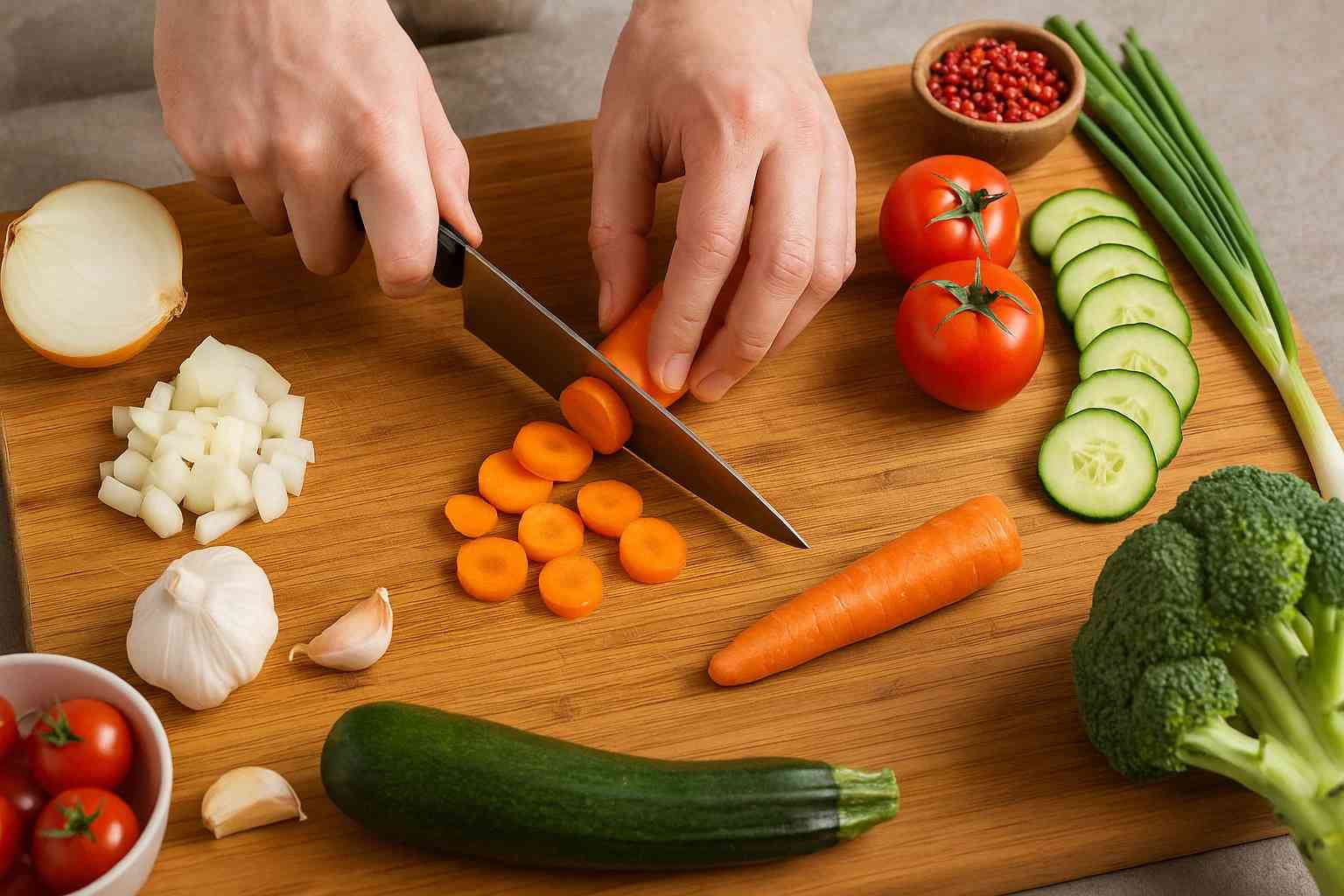Cooking is more than following recipes—it’s about mastering techniques that make meal preparation faster, safer, and more enjoyable. Developing good knife skills and understanding basic kitchen principles will elevate your cooking from stressful to seamless. With the right guidance, anyone can cut, chop, and dice like a pro while maintaining safety and efficiency. This listicle explores 15 essential techniques and tips that every aspiring cook should know, helping you build confidence and precision in the kitchen.
1. Choosing the Right Knife
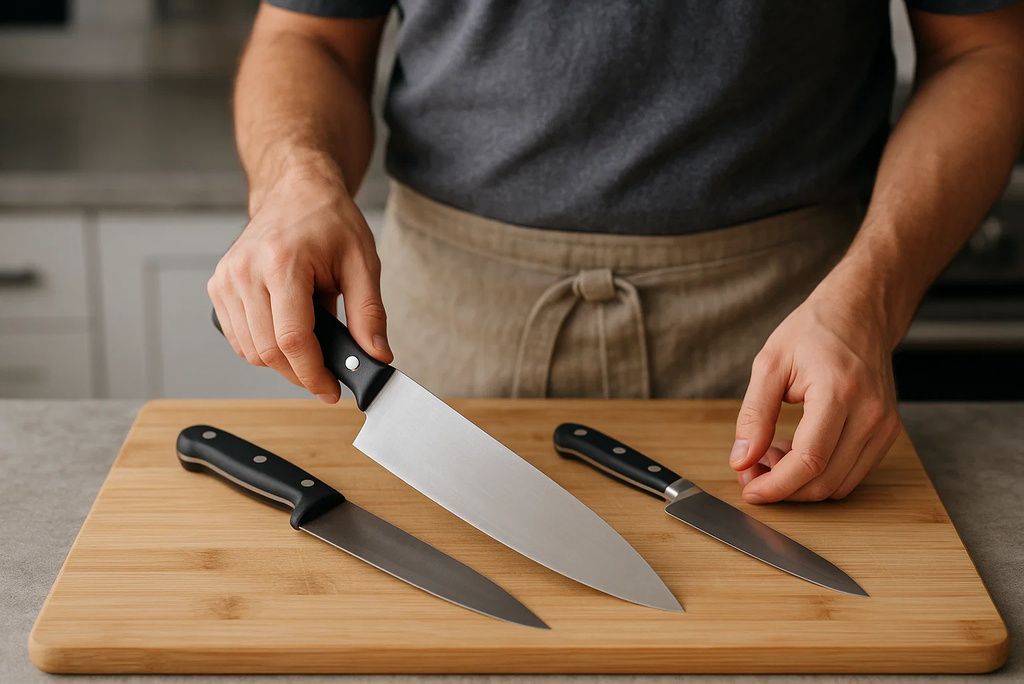
The foundation of good knife skills starts with selecting the correct knife for the job. A chef’s knife (8–10 inches) is versatile and perfect for most cutting tasks, while paring knives excel at delicate work like peeling. Serrated knives handle bread and soft produce without crushing them. Investing in a high-quality knife is crucial; brands like Wüsthof and Shun are known for durability and balance. Prioritize comfort in your hand and proper weight distribution when buying.
2. Understanding Knife Anatomy
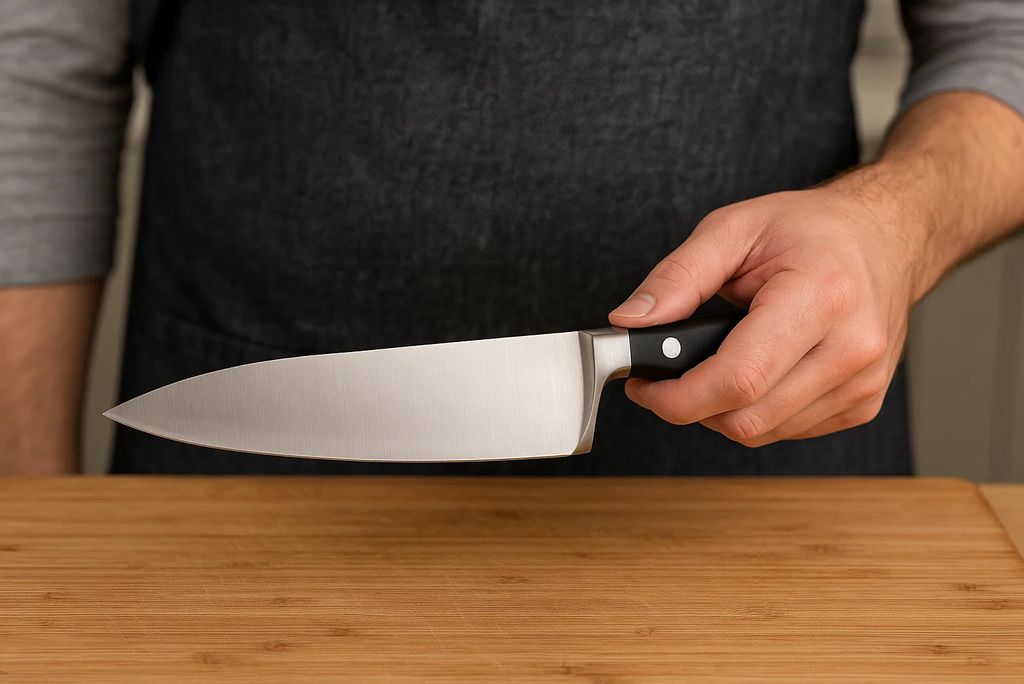
Knowing the parts of a knife helps you use it effectively. The blade includes the edge, tip, and spine, while the bolster provides balance. The tang (the blade’s extension into the handle) adds durability, with full tang knives being the strongest. Grip affects control—holding the handle only is less stable than a pinch grip on the blade’s base. Recognizing these features also makes maintenance easier, as you’ll know where stress points commonly occur.
3. Proper Grip Technique
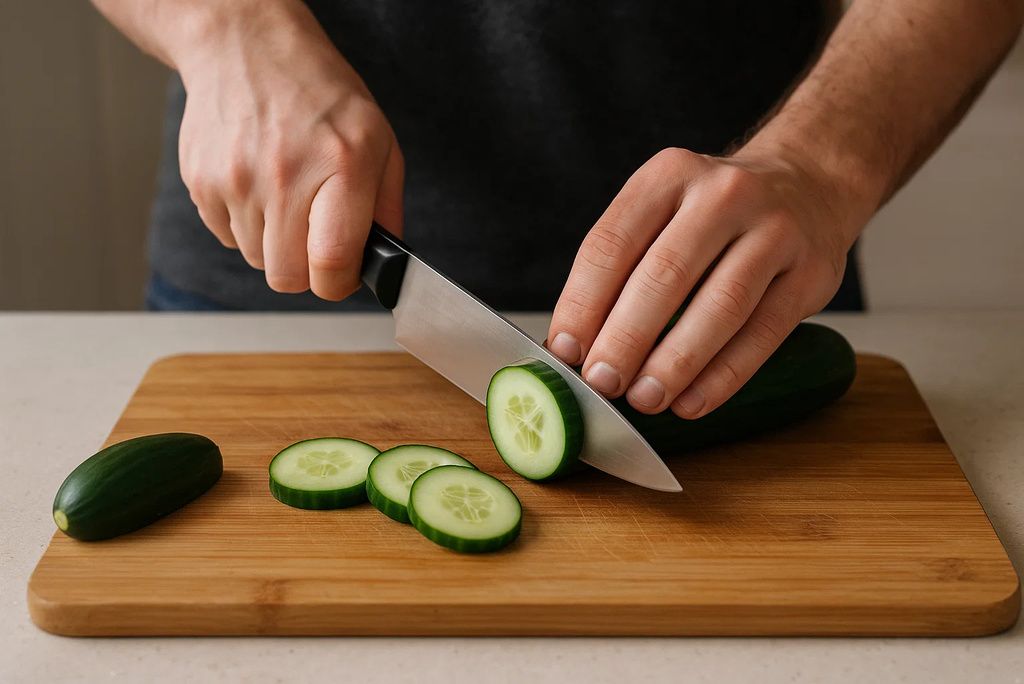
A secure grip is key to control and safety. The “pinch grip,” where your thumb and forefinger grasp the blade just above the handle, offers better stability than holding the handle alone. This technique reduces wrist strain and enhances cutting accuracy. Beginners often default to a handle grip, which limits precision and increases the chance of slips. Practicing this grip daily transforms your control and speed in the kitchen.
4. Mastering the Claw Hold
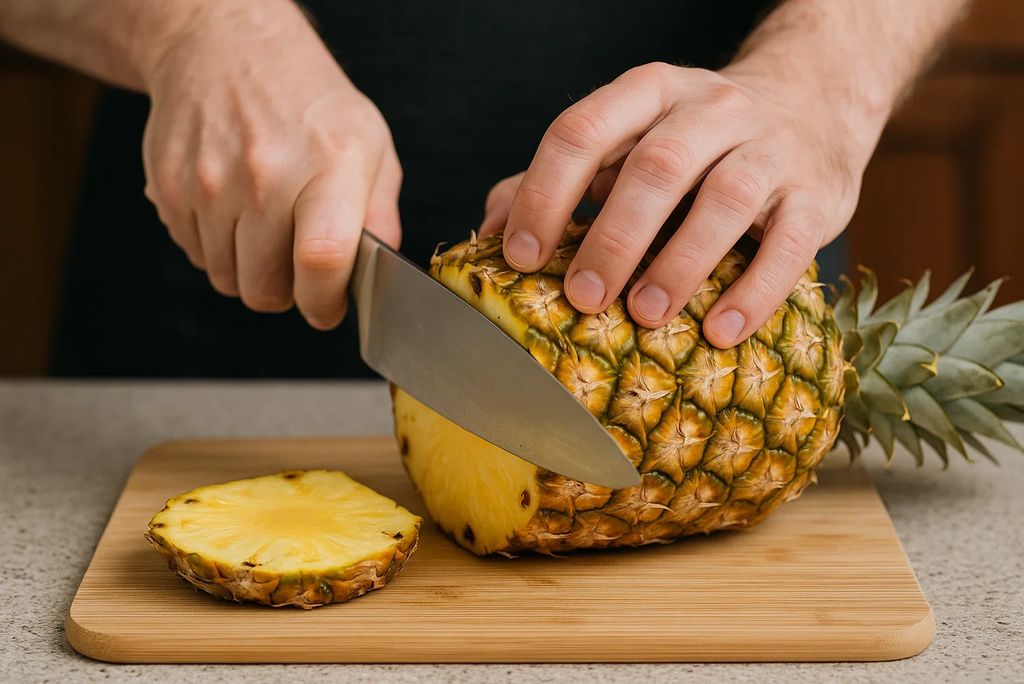
The claw hold protects your fingers while guiding the knife. Curl your fingers inward, pressing fingertips against the food and using knuckles as a barrier for the blade. This creates a consistent cutting surface and reduces the risk of injury. Whether dicing onions or slicing carrots, this technique ensures stability. Practicing slowly at first builds muscle memory, leading to faster, safer chopping over time.
5. Honing vs. Sharpening
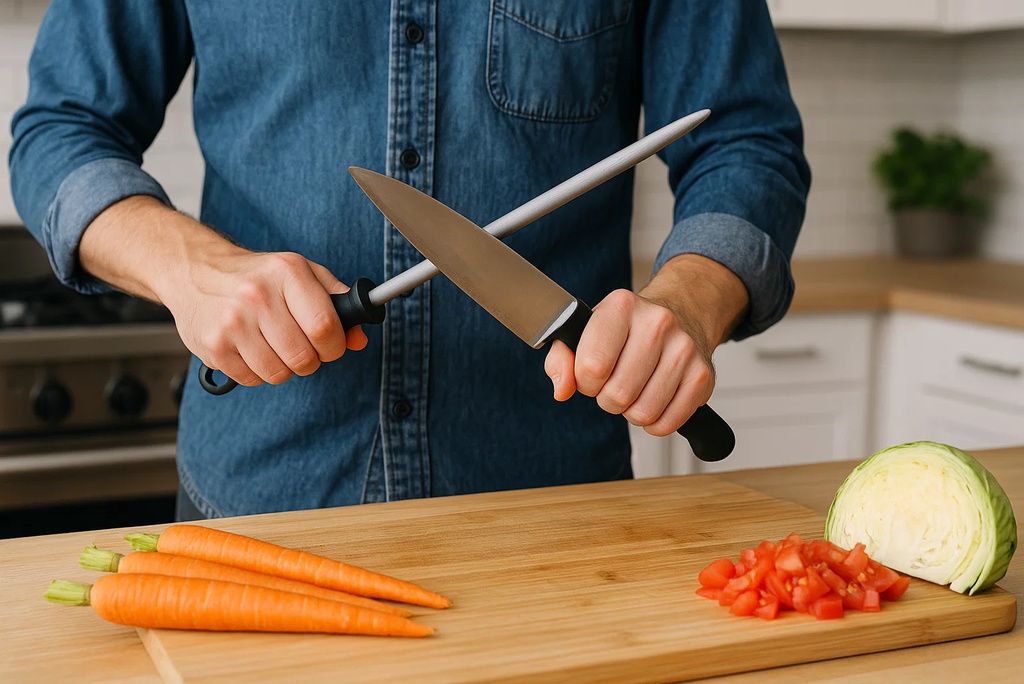
A sharp knife is a safe knife, but honing and sharpening are not the same. Honing realigns the blade edge and should be done before every use, while sharpening removes material to restore a dull blade. Tools like honing rods maintain the edge between sharpenings. Professional sharpening is recommended a few times a year for frequent cooks. Regular maintenance extends your knife’s lifespan and keeps cuts clean and precise. (source)
6. How to Dice an Onion
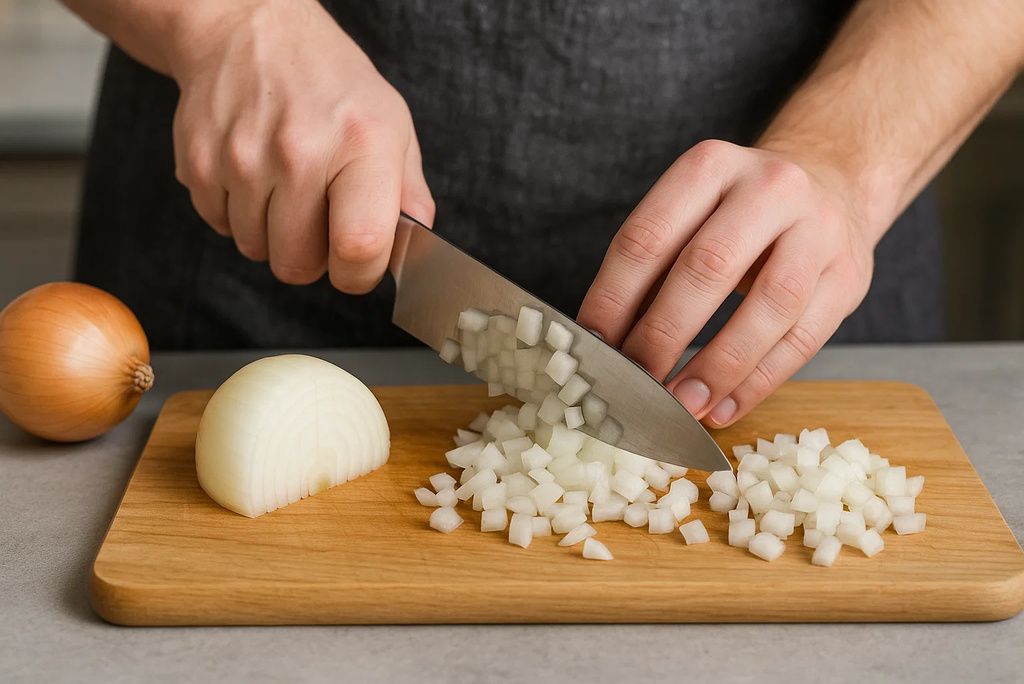
Onions are a kitchen staple, and dicing them properly saves time. Slice the onion in half, leaving the root intact to hold the layers together. Make horizontal cuts toward the root, followed by vertical cuts, then slice downward to create even dice. This technique minimizes waste and ensures consistent pieces, essential for even cooking. Practice with different onion sizes to refine your speed and precision.
7. Julienne and Batonnet Cuts

Learning precision cuts like julienne (matchstick-sized) and batonnet (thicker sticks) enhances your dishes’ presentation and texture. Julienne cuts work well for stir-fries and garnishes, while batonnet cuts are perfect for crudité platters or roasting. Consistency ensures even cooking and a professional look. Practice on carrots or zucchini to perfect your technique, starting slow and focusing on uniformity before increasing speed.
8. Rocking vs. Chopping Motions

Different tasks require different motions. The rocking motion, where the knife’s tip stays on the board while the heel moves up and down, is excellent for mincing herbs and garlic. The chopping motion, lifting the entire blade off the board, is ideal for large vegetables or dense foods. Combining these motions makes prep more efficient and ergonomic. Practicing both helps reduce fatigue and gives you more versatility when tackling complex recipes.
9. Knife Safety Rules
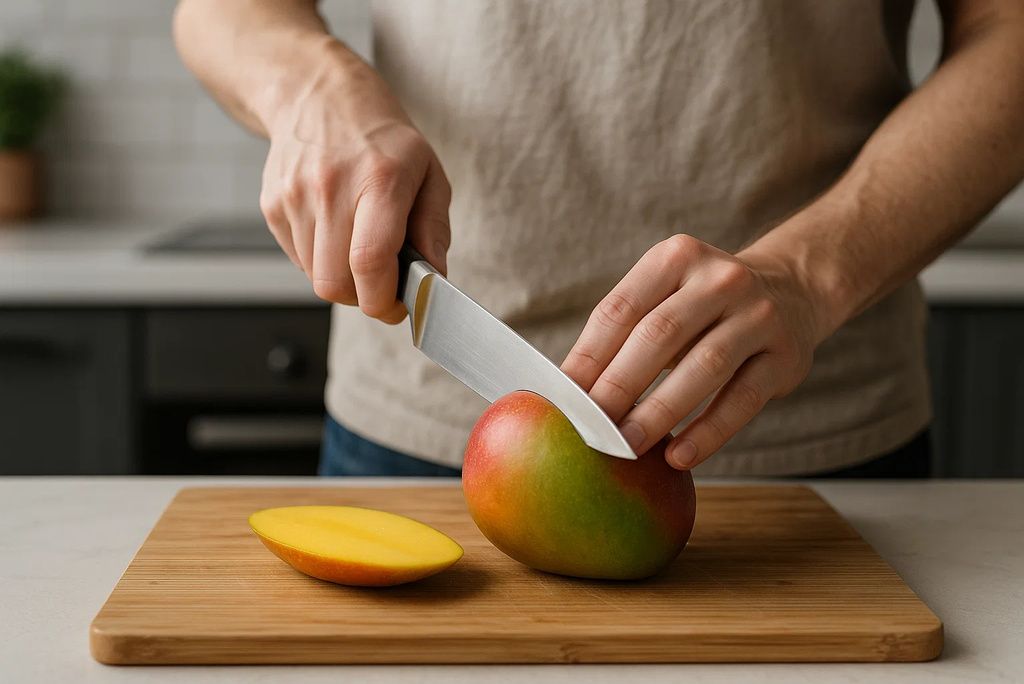
Safety is non-negotiable when handling sharp tools. Always cut on a stable surface—using a damp towel under the cutting board prevents slipping. Keep your knives sharp, as dull blades are more dangerous. Never leave knives in sinks where they can’t be seen, and always pass them handle-first. Adhering to these rules protects both you and anyone sharing your cooking space.
10. Maintaining Cutting Boards
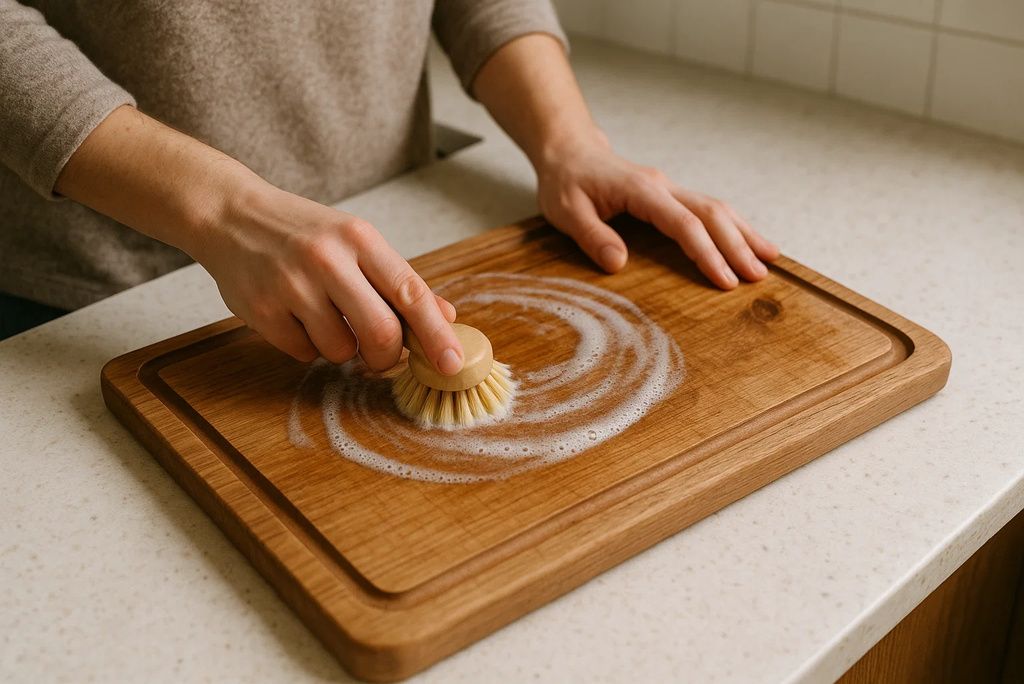
Your cutting board affects your knife’s edge. Wooden and plastic boards are best for preserving sharpness, while glass or ceramic boards dull knives quickly. Clean boards thoroughly with hot, soapy water after raw meat prep to prevent cross-contamination. Use separate boards for raw proteins and produce. Season wooden boards with food-safe mineral oil to prevent cracking. Maintaining your board not only extends its life but also keeps your knives in peak condition.
11. How to Fillet Fish
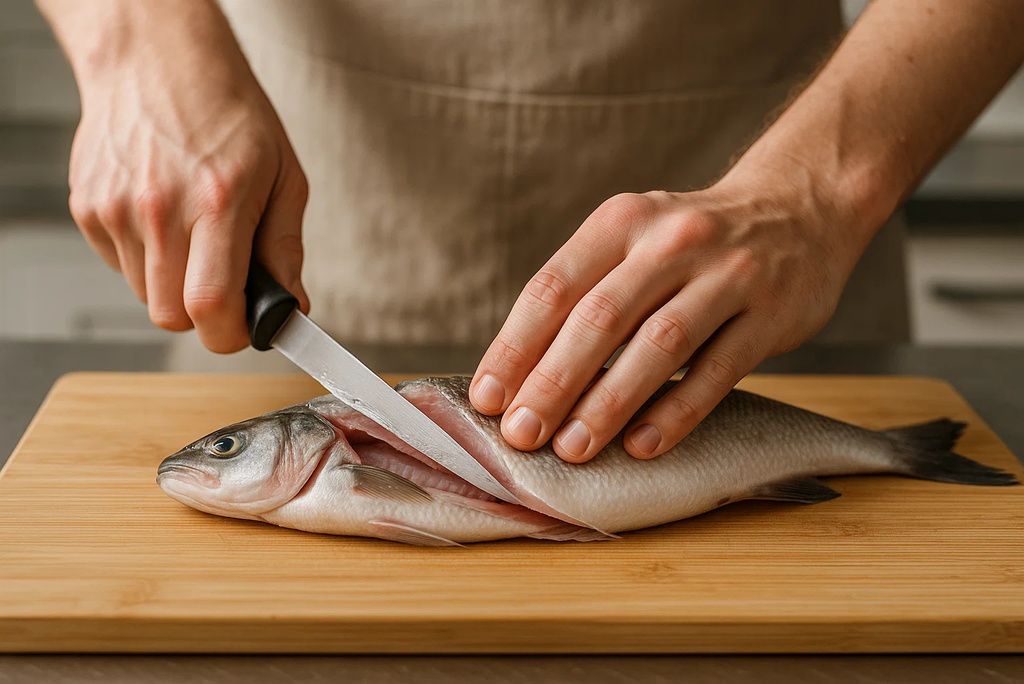
Filleting fish may seem intimidating, but with the right approach, it’s manageable. Use a flexible fillet knife to glide along the backbone, starting behind the gills and working toward the tail with even pressure. Remove pin bones with tweezers for a clean result, making sure no small ones remain. Practicing on affordable fish like tilapia before moving to delicate varieties like salmon builds confidence and precision. Clean work surfaces prevent contamination and make the process safer and smoother. (source)
12. Chiffonade Technique for Herbs
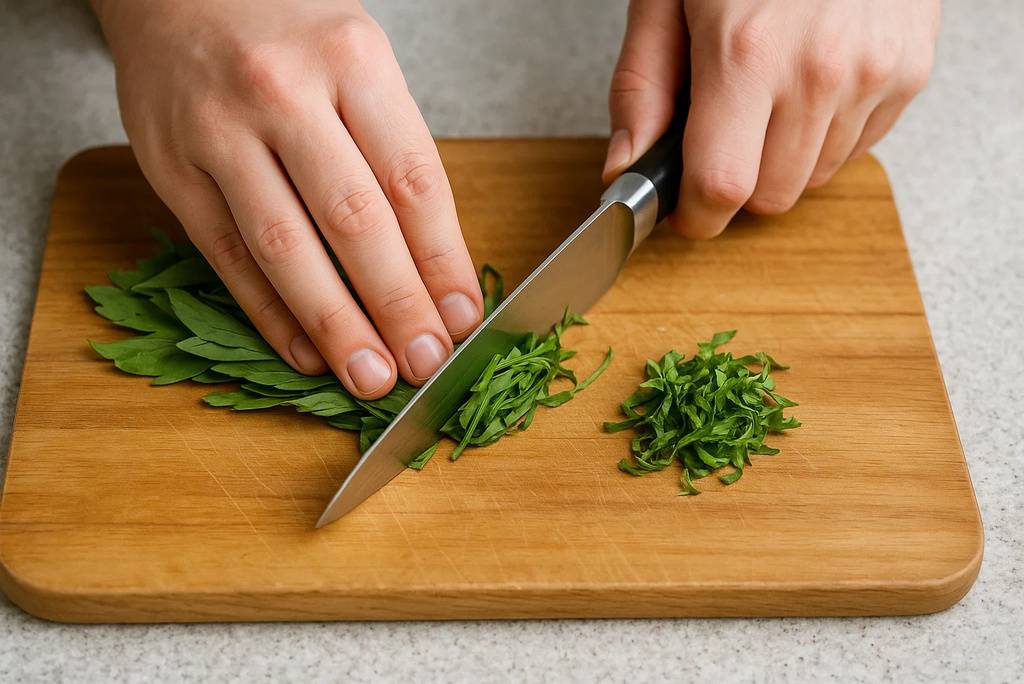
Chiffonade is the art of slicing leafy herbs or greens into fine ribbons. Stack leaves, roll them tightly, and slice perpendicular to the roll, keeping your knife steady and light. This technique preserves delicate textures and enhances presentation. Use it for basil on pasta, spinach in omelets, or mint in desserts. Practicing this cut elevates simple garnishes and integrates flavors more evenly into dishes, giving meals a professional finish. Sharp knives are essential to avoid bruising fragile herbs.
13. The Importance of Mise en Place
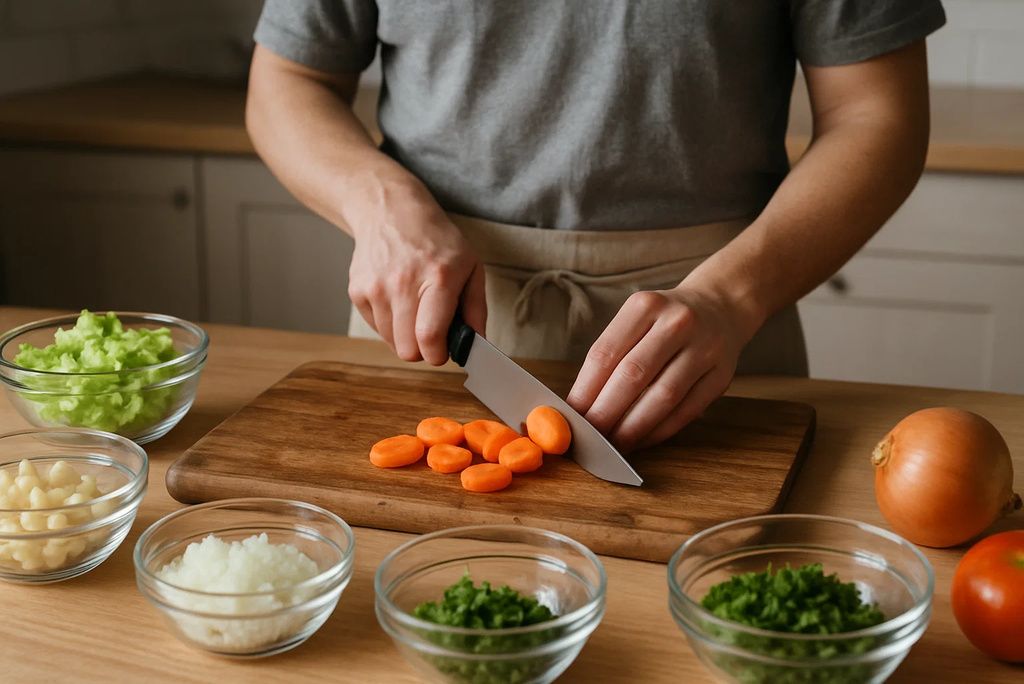
“Mise en place,” a French term meaning “everything in its place,” transforms chaotic cooking into a streamlined process. Prepping all ingredients—washing, chopping, measuring—before cooking begins saves time and reduces stress during busy kitchen sessions. This approach improves accuracy when following complex recipes with many steps and ingredients.
Adopting this habit keeps you organized, especially when tackling dishes with multiple cooking times. It also reduces unnecessary movement, helping to maintain a cleaner, safer cooking environment while enhancing overall kitchen efficiency.
14. Using the Right Cutting Technique for Meat
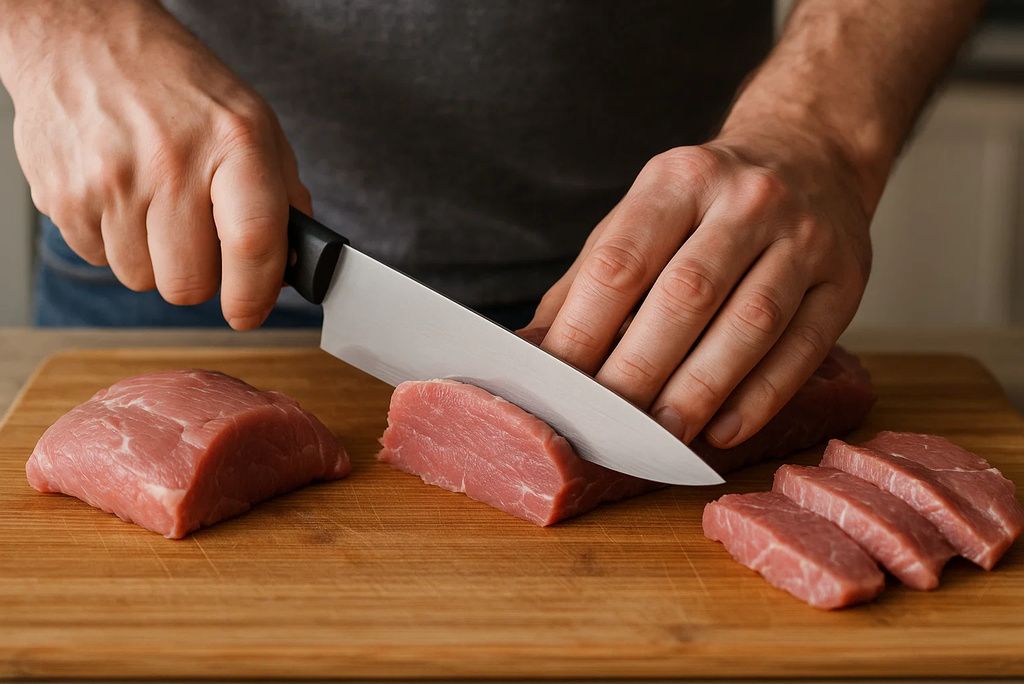
Different meats require different approaches. Slice across the grain for tenderness in beef, or use a boning knife to separate chicken joints with minimal effort. Letting cooked meat rest before cutting prevents juices from escaping, keeping it flavorful and moist.
Practice with different proteins to develop adaptability and better understand muscle structure. Knowing how to angle your cuts also improves texture. These techniques make proteins juicier, more visually appealing, and easier to chew, ensuring a restaurant-quality result every time.
15. Practicing Consistency
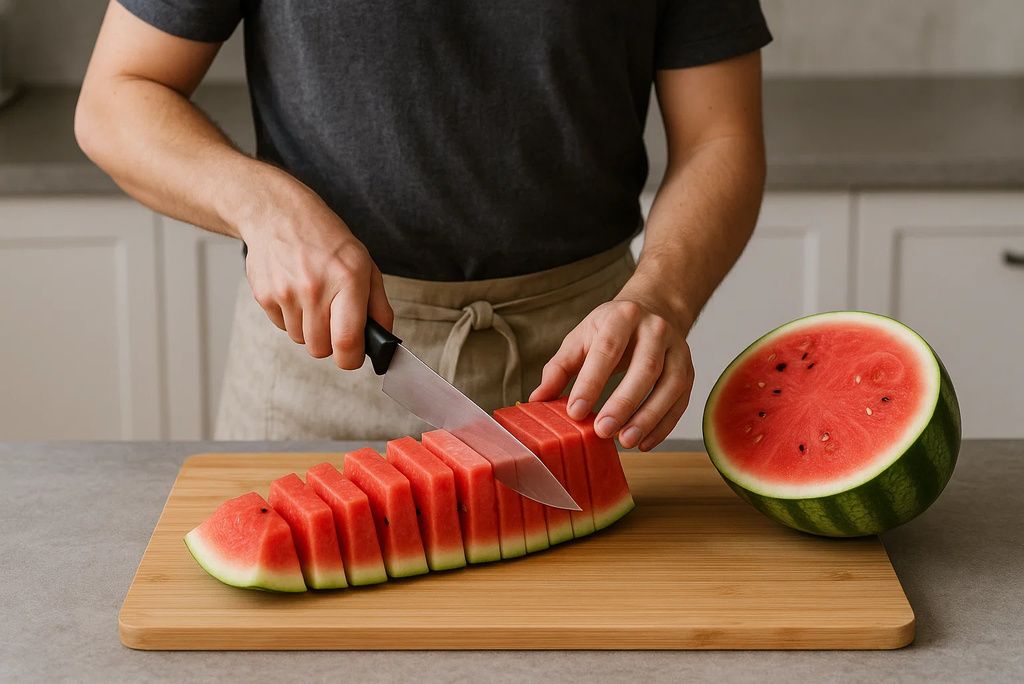
The mark of good knife skills is consistency. Whether chopping vegetables or slicing proteins, uniform cuts ensure even cooking and enhance presentation. Using guides like a ruler or knife guides can help when learning, especially for new cooks.
Practicing with soft and hard produce develops better control over blade pressure. Like any skill, practice is essential—start slowly and focus on form before increasing speed. Consistency also helps balance flavors in recipes, ensuring each bite tastes just as intended.

